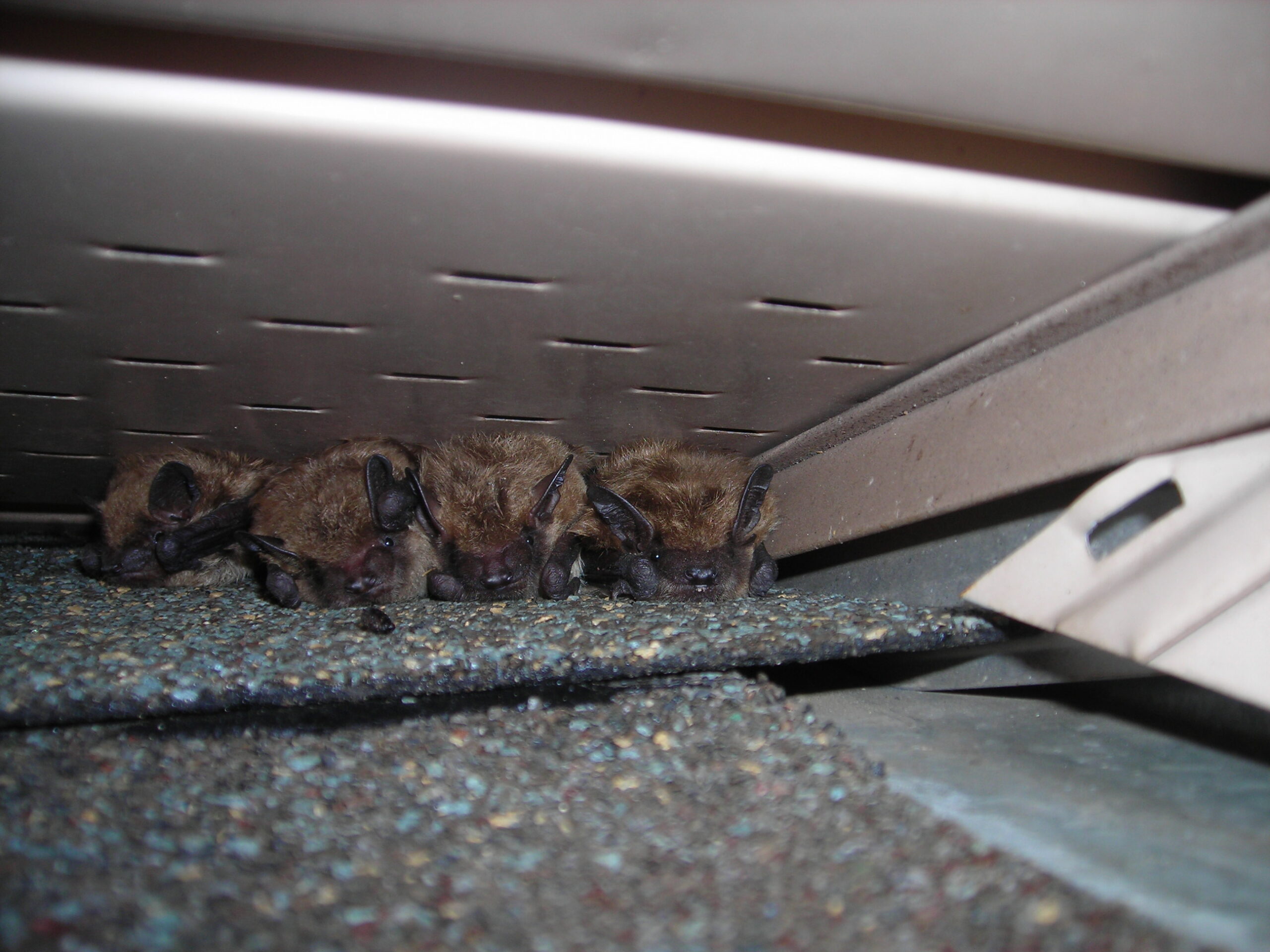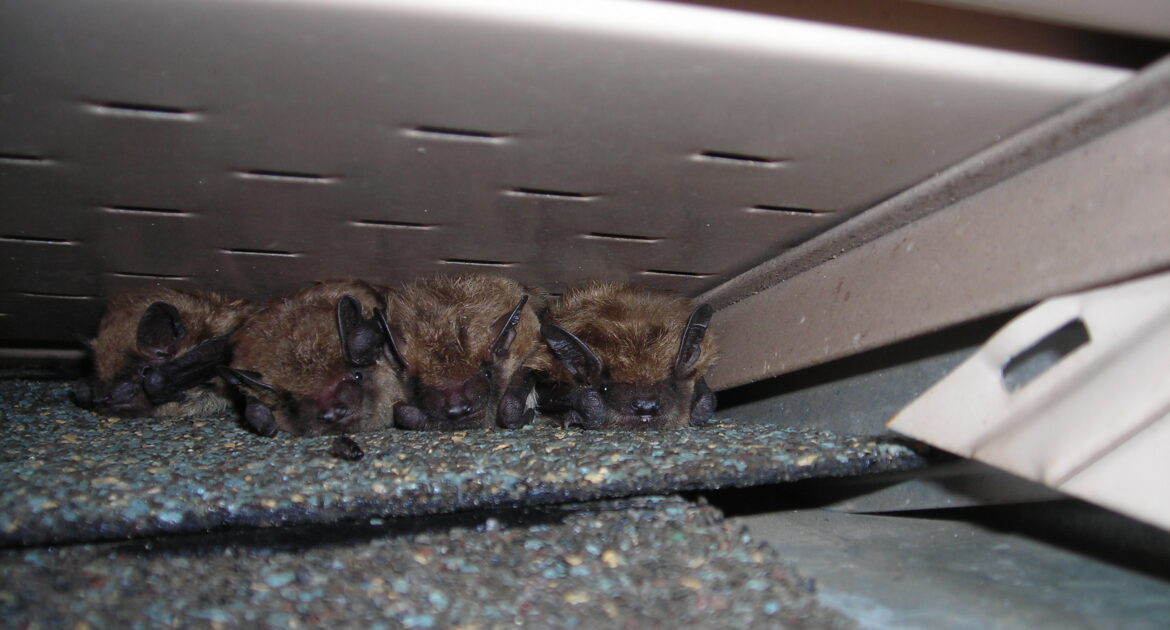Bats are nocturnal creatures, but with recent warm temperatures, residents of Madison are seeing them in the daytime throughout the city. These are, in most cases, the large brown bat common to this region. This is unusual behavior for bats and puts them at risk of physical harm. People should not interact with bats they see outside, but it is a good idea to call a bat removal service in Madison to be certain the animals are cared for properly and removed safely. Here are the reasons why you currently see bats in daylight hours and some reasons to be on the lookout for bats colonies in your home this time of year.
What’s Up With Madison’s Unusual Bat Sightings?
Bats, like all mammals, are sensitive to environmental changes. While they need warm weather to thrive, unseasonably warm temperatures can affect their instincts and bring them out of hibernation too soon. This is a detrimental situation because their food sources are sparse earlier in the year.
Bats can eat between 6,000 to 8,000 insects each night, so preemptively leaving hibernation endangers them. Without enough to eat, bats are weakened and unable to return to their roosts. This is why Madison bat sightings have increased, as the animals land in parks, yards and driveways or on the exteriors of homes. This can also put people in danger who may come in contact with bats.
Why Are Bats in Your Attic a Problem?
Bats love dark, warm, and hollow places to live. Your large attic is similar to a tree or cave, so urbanized bat colonies see these as perfect spaces to live and birth their pups. Bats squeeze into tight, secluded places to set up their colonies. They don’t purposefully try to get into a human’s way, but their presence in your home can be a problem.
Bats that make their happy home in your attic have no intention of leaving. Bats will roost in places for many years, as long as they remain undisturbed. This means the colony will continue to grow larger. For humans, this means possible bat interactions inside the home and possible health issues from bat waste.
Despite the images we see in the media, bats do not spend their days madly flying around inside attics. Actually, they crawl around and defecate and urinate all day long. Multiply these actions by how many bats there are and you realize how this is a problem.
Bat guano is a serious health risk for people with weakened immune systems. Breathing in a guano-filled area can cause histoplasmosis which affects the lungs and can be life-threatening. Over a period of time, guano can also cause roof structures to deteriorate and become unsafe.
It’s important to be aware of any bat activity in your attic this time of year, so you can seek professional help with removal.
Why Use Bat Removal and Exclusion?
Wildlife control specialists know how to humanely remove a bat colony alive and intact from your home and how to relocate it. We employ safe bat exclusion techniques to keep them from returning to your attic. It’s important to know that bat exclusion cannot be done during months of hibernation in order to protect the colony. Many species of bats are critically endangered and are safeguarded by laws that govern how the animals are handled and treated.
Humane Answers to Bat Problems
Skedaddle Humane Wildlife Control in Madison makes the commitment to our customers to perform safe and humane bat removal to meet our own high standards and those required by law. Learn more about our innovative and customized service techniques and get help from a qualified technician.




